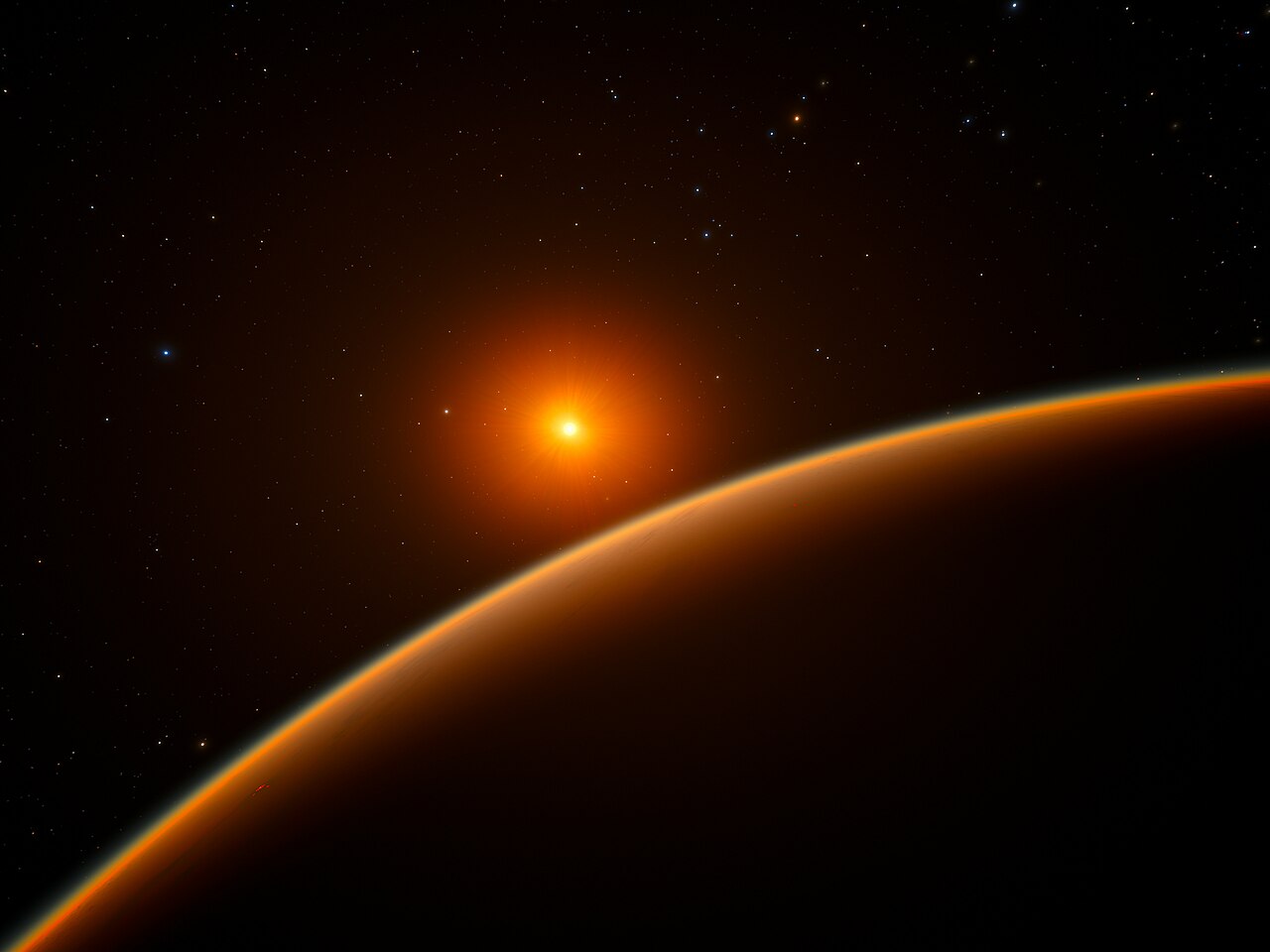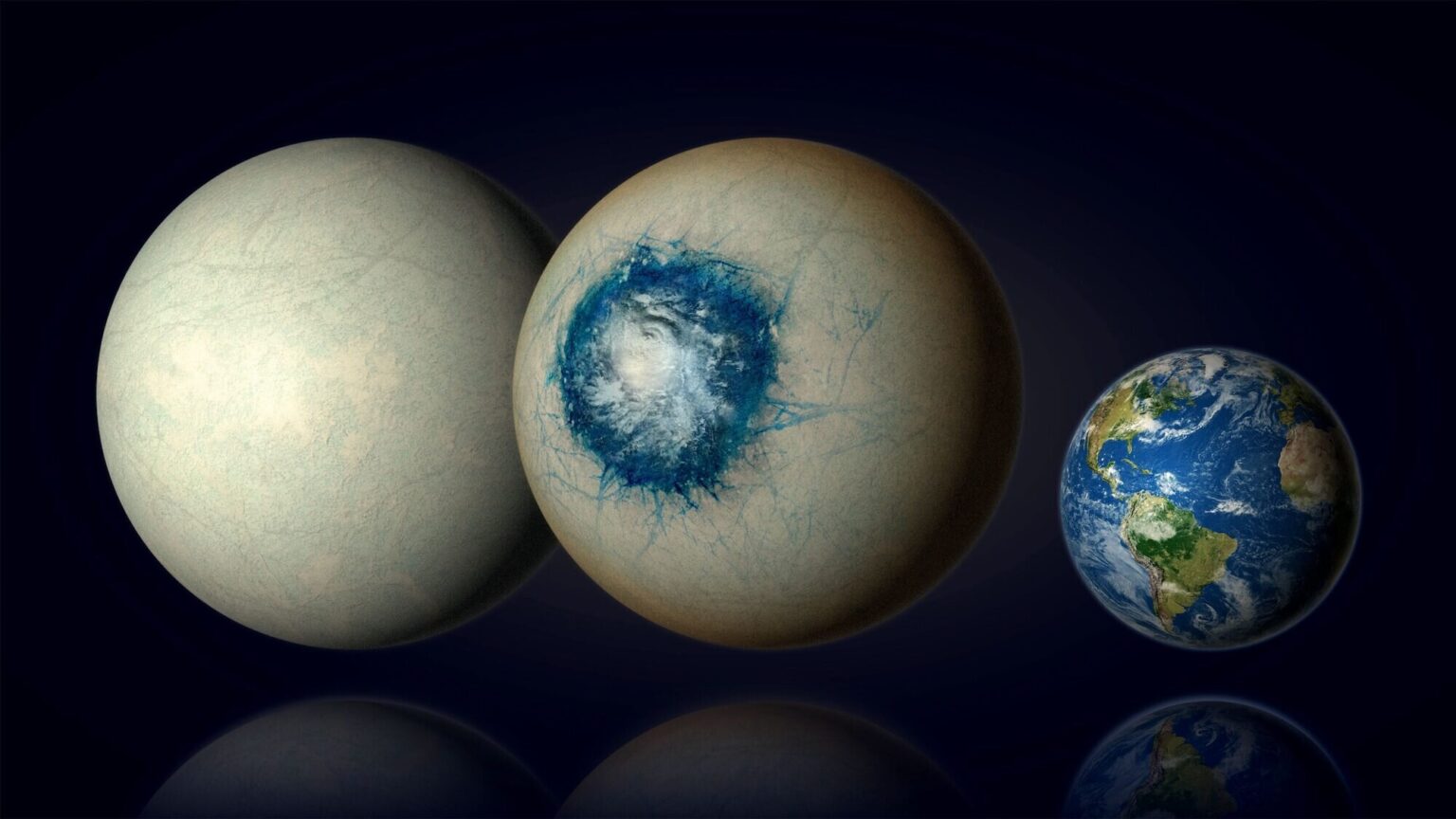The exoplanet LHS 1140 b has an atmosphere and is likely to have an ocean. This is evidenced by the results of a new study conducted with the James Webb Space Telescope (JWST).

LHS 1140 b orbits a faint red dwarf located 49 light-years from Earth, with a radius 1.7 times larger than that of the Earth. This world has attracted the attention of scientists because its orbit passes near the far edge of the habitable zone. The exoplanet receives 43% of the heat and light that our Earth receives. This means that if it has a sufficiently dense atmosphere, water can exist on its surface in liquid form.
However, until recently, astronomers did not know whether LHS 1140 b had a solid surface. It could be either a gas mini-Neptune or a water-rich super-Earth. To find an answer to this question, the researchers involved JWST. Its observations ruled out the scenario of LHS 1140 b having a hydrogen atmosphere, which would be typical for a mini-Neptune. The results of the observations indicate that the exoplanet has a “heavy” gas shell, which most likely consists of nitrogen, water vapour and carbon dioxide.
The scientists also managed to determine the mass of LHS 1140 b. The average density of the exoplanet was slightly lower than that of a rocky super-Earth with a similar composition to the Earth, suggesting that 10% to 20% of its mass may be water. This means that the exoplanet is most likely an ice ball.
However, it should be borne in mind that LHS 1140 b is in tidal capture and constantly faces its star with the same side. This opens up an interesting possibility. In the part of the exoplanet that is constantly facing the star and receives the most light from it, there may be an ice-free area about 4,000 km wide, which is equivalent to half of the Atlantic Ocean. Calculations show that under some circumstances, the temperature in its centre could be a comfortable 20 °C.

All of this makes LHS 1140 b an exceptional candidate for future atmospheric studies and habitability estimates. Scientists hope to continue observing this world with both JWST and the next generation of telescopes that will be commissioned at the end of this millennium and the beginning of the next.
Earlier, we told you that an exoplanet close to Earth may smell like rotten eggs.
According to Phys.org

